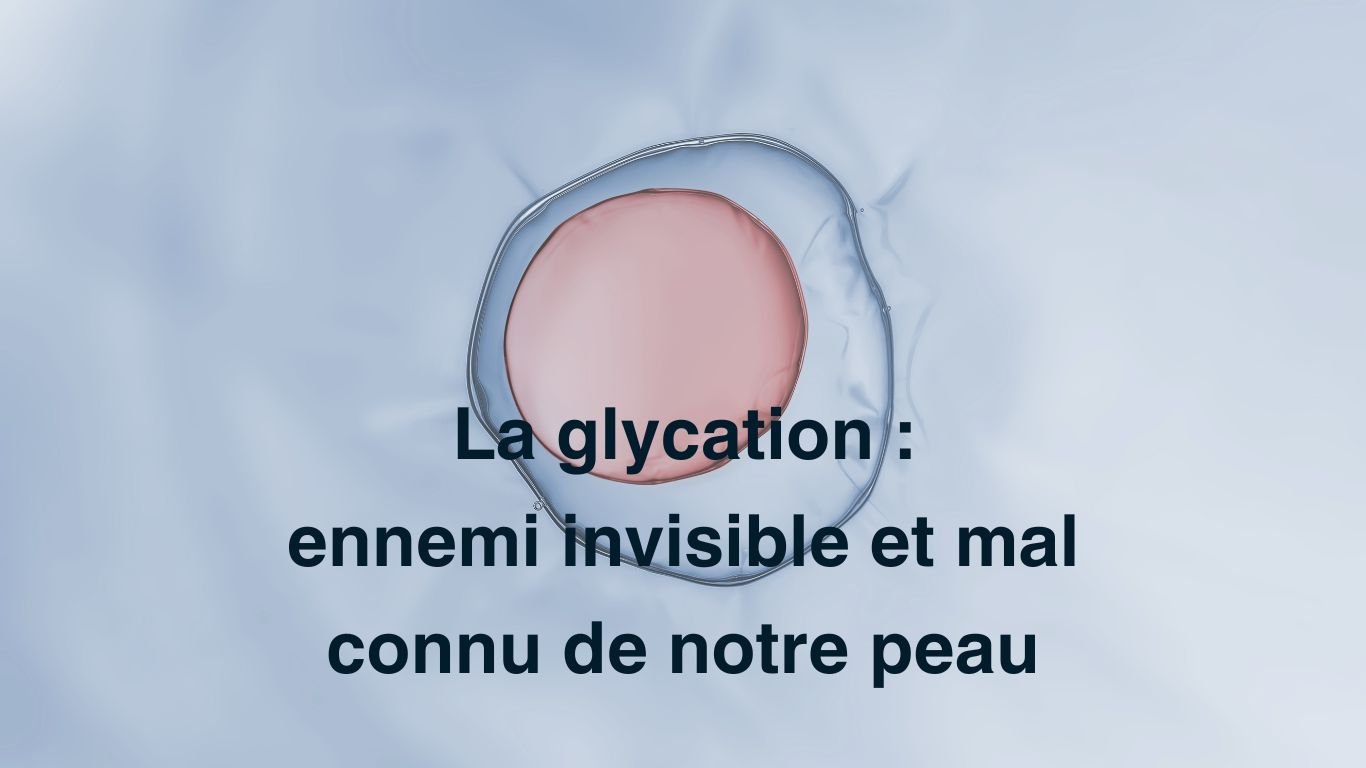Far from the only systemic benefits of vitamins and trace elements, collagen is known to be a molecule that supports aging.
He is not the only one.
Often used as part of injection-based treatments, hyaluronic acid is also often considered as an active ingredient to fight against the signs of aging.
Beyond these commonplaces, the nutricosmetics industry has developed different formulas whose effectiveness has gradually become harmonized with consumer expectations.
In fact, you only need to do a search on the web to realize the growing wealth of options available in terms of food supplements using collagen or hyaluronic acid.
However, some brands choose to go further by making these two ingredients work together in a synergy with a completely different level of results.
How does it work? Is the increase in the effectiveness of these two ingredients by combination scientifically proven?
The MyPureSkin team helps you choose from the multitude of treatments by understanding why collagen and hyaluronic acid are the combination to support aging par excellence.
 Why are collagen and hyaluronic acid made to work together?
Why are collagen and hyaluronic acid made to work together?
It is because they are naturally synthesized within the body that collagen and hyaluronic acid (HA) are an interesting choice for consumers.
Additionally, these two active ingredients work together on their own within the human body to give your skin its properties, which makes this combination all the more relevant. But why then?
A question of molecular affinity
To understand this relevance, we must delve into the heart of specialized cells, within which collagen and hyaluronic acid are produced: fibroblasts.
Synthesized within the Golgi apparatus (a “molecular machine” located there), hyaluronic acid has long been considered mainly for its capacity to store substantial volumes of water (a unit of AH can in fact carrying quantities representing nearly 1000 times one's weight).

We had to wait for the results of key research such as those carried out by the team of researcher Magdalena Donejko ¹ , published in 2014, to begin to see hyaluronic acid in a new light.
On this occasion, it was by establishing a comparison between the impact of caffeine and that of hyaluronic acid on the collagen molecule that this scientist's team highlighted the importance of some of the mechanisms of hyaluronic acid in the synergy that binds it to collagen to make the skin what it is.
However, understanding these mechanisms requires some knowledge of what collagen and hyaluronic acid are.
Collagen reminders: where is it found in the body and what is its role?
Collagen takes its name from Greek and originally means “glue generator”. This etymology says a little about the use that civilizations have made of it since its discovery and about its properties.

Largely making up the ECM (ExtraCellular Matrix) in which the cells are bathed, collagen in fact gives the skin some of its properties. It is thanks to him in particular that:
- Your skin maintains its firmness;
- Your epidermis and dermis remain hydrated.
Although it is hyaluronic acid which stores water, it is mainly collagen which maintains the molecules necessary for hydration in the ECM so that they are available there for the nutrition of the cells there.
This detail is of capital importance since it allows us to understand that if collagen has its own properties, it is through collaborative work with other molecules such as hyaluronic acid that it becomes capable to assume their roles.
Hyaluronic acid: from its synthesis in the Golgi apparatus to its use in ECM
The second most important component of the ECM, hyaluronic acid arises from a process taking place within the Golgi apparatus.
It is best known for so-called “filling” injections which offer the skin an increase in volume, as shown in the diagram below.

Its synthesis process is relatively complex given that many steps are required to create it.
Indeed, to obtain it, the body needs to transform other molecules called “precursors”.
The production of hyaluronic acid therefore goes through the following phases:
- Synthesis of glucoronic acid (precursor 1) from a sugar: glucose;
- Synthesis of udna (uridine diphosphate N-acetylglucosamine, precursor 2) from another sugar: fructose-6-phosphate (itself obtained from glucose);
- Combination of glucoronic acid and udna which react to give rise to hyaluronic acid.
It is because hyaluronic acid contains elements from the structure of glucoronic acid and udna that hyaluronic acid has a certain molecular affinity with collagen.
Furthermore, thanks to research such as that carried out by the ST Kreger team in 2009 ³ on the modification of the properties of a collagen matrix in culture, we now know two important things concerning the interactions between collagen and hyaluronic acid:
- Increasing the concentration of hyaluronic acid has the effect of improving the mechanical properties of the collagen fibrils (by increasing both the viscosity and the elasticity of the network of fibrils that the collagen molecules form);
- This supply of hyaluronic acid does not affect fibroblast cells (in other words: hyaluronic acid does not, on its own, stimulate the production of collagen).
Finally, this study reveals that in general the structure of the network is not qualitatively altered. This allows the collagen to retain its properties.
What does this mean in plain English?
In Kreger's study, key data is provided, providing engineers in the nutricosmetic industry with essential elements for the composition of effective formulas based on collagen and hyaluronic acid. What you need to remember is the following:
- The addition of hyaluronic acid increases the resistance of collagen molecules to compression. In other words: the collagen networks are less likely to tear, thus making the skin firmer to the naked eye when it is stressed by movements for example, such as certain facial expressions, gestures that involves the practice of a sport, etc.;
- The morphology of collagen, its quantity and its quality are not modified. In other words: it is possible to add other active ingredients, allowing formulas that include these ingredients to offer other benefits to the skin.

How can we make the most of these mechanisms?
To allow your skin to benefit as much as possible from the benefits of collagen and hyaluronic acid, it is possible:
- To improve their level of absorption in your digestive system for these elements;
- To accompany their effects to enhance your skin by using other active ingredients known to work synergistically with them.
By choosing in particular active ingredients such as collagen peptides in place of a classic collagen macromolecule (thus reducing the “size” of the molecule), it is possible to increase the number of collagen units which pass to the through the cracks in the “net” of your digestive system.
This means that it becomes possible to increase the bioavailability of a food supplement (its propensity to be assimilated by your body), thus limiting losses during the digestion process to maximize the desired effects.
Furthermore, the addition of ingredients such as organic silicon, ceramides or even vitamins (C and E in particular) creates an even more interesting synergy, increasing the protection of collagen fibrils against certain agents causing their degradation (such as oxidative stress caused by prolonged exposure to UV rays for example).
In this way, the aging process (which is characterized by a slowdown in the production of collagen, among other things) can be modulated, so that the signs of aging are reduced since the skin then ages... less quickly!
MyCollagenLift: a food supplement to support aging
All these considerations are not lost on our colleagues.
It is by drawing on a wealth of Swiss knowledge and know-how that the MyPureSkin laboratories team fulfills the mission it has set itself on a daily basis: to support you in your effort to support aging.
Through a formula with ingredients of 100% natural origin, MyCollagenLift aims to reduce and prevent the signs of aging to which your skin is subject by respecting and stimulating the mechanisms for generating and preserving its collagen.
Our food supplement thus falls into the category of premium products, as noted by the IEA (European Institute of Antioxidants) by evaluating MyCollagenLift “exceptional quality product”, particularly to combat oxidative stress.
Such a cocktail helps you preserve your skin integrity in the long term.
To achieve this, MyPureSkin has composed its nutricosmetic from the following ingredients:
- Marine collagen peptides whose molecular weight allows them to be very bioavailable (i.e. easier to assimilate by your body);
- Hyaluronic acid to help you achieve a good level of hydration;
- Wheat oil ceramides to complete this hydration maintenance effort for your skin;
- Vitamin C from acerola fruit helping to protect your cells from oxidative stress;
- Vitamin E also acting as an antioxidant;
- Organic silicon used to structure your skin while increasing your defenses against the harmful effect of free electrons.
Want to swap your wrinkles for firmer skin? Need a boost of elasticity?
MyCollagenLift invites you to start an initial 3-month treatment for visible results from 4 weeks and progressive effects that will last.
- Studies by Magdena Donejko on the influence of caffeine and hyaluronic acid on collagen biosynthesis: https://www.ncbi.nlm.nih.gov/pmc/articles/PMC4206198/
- Kreger's research on the modulation of the viscoelasticity of a collagen matrix by modification of the concentration of hyaluronic acid: https://www.ncbi.nlm.nih.gov/pmc/articles/PMC2766663/





Share:
Food supplement accompanying aging: how much for an effective formula?
The widely followed beauty influencer Beautylicieuse talks about MyCollagenLift and its extraordinary benefits!